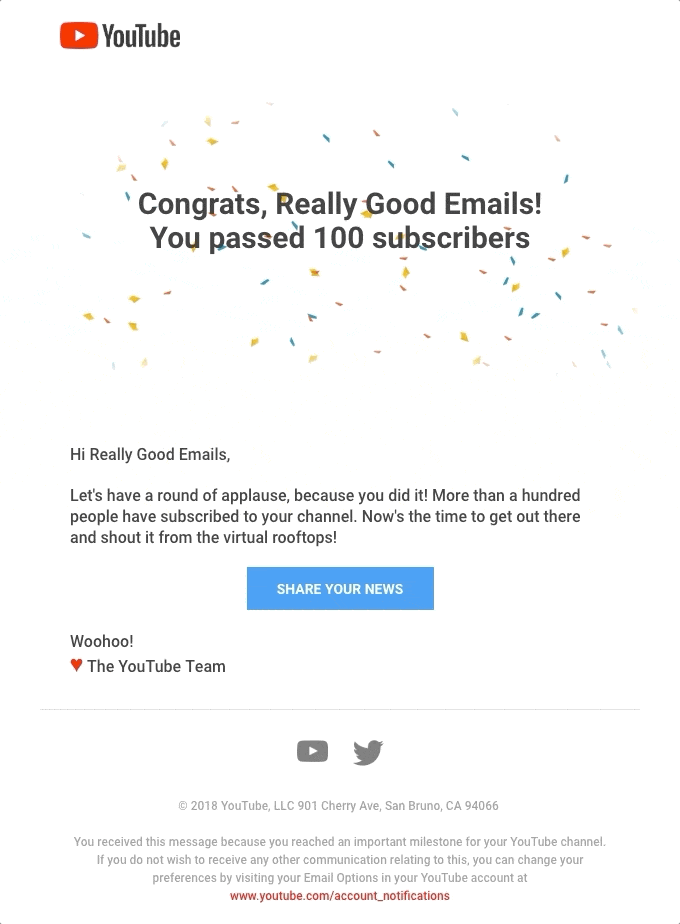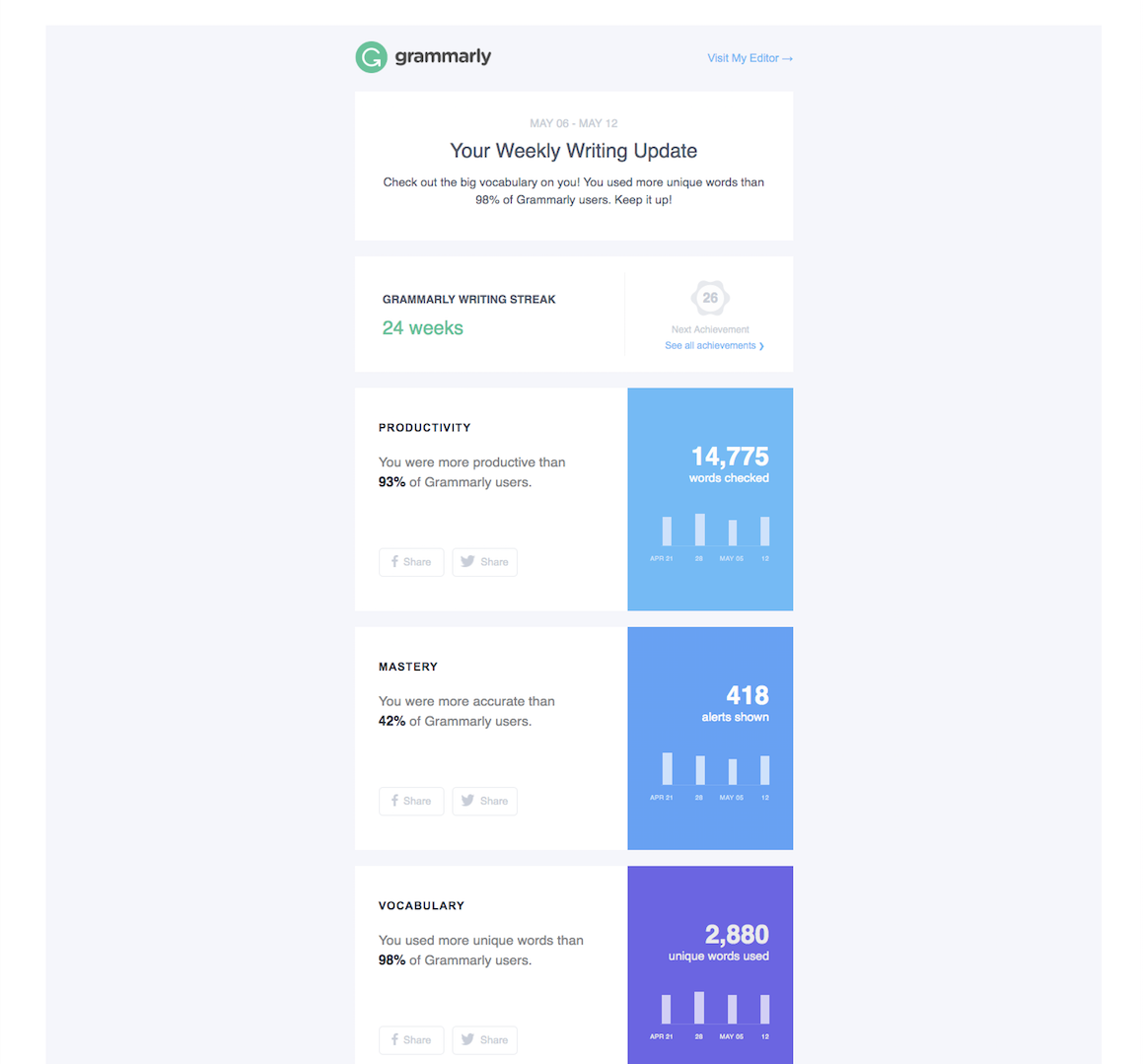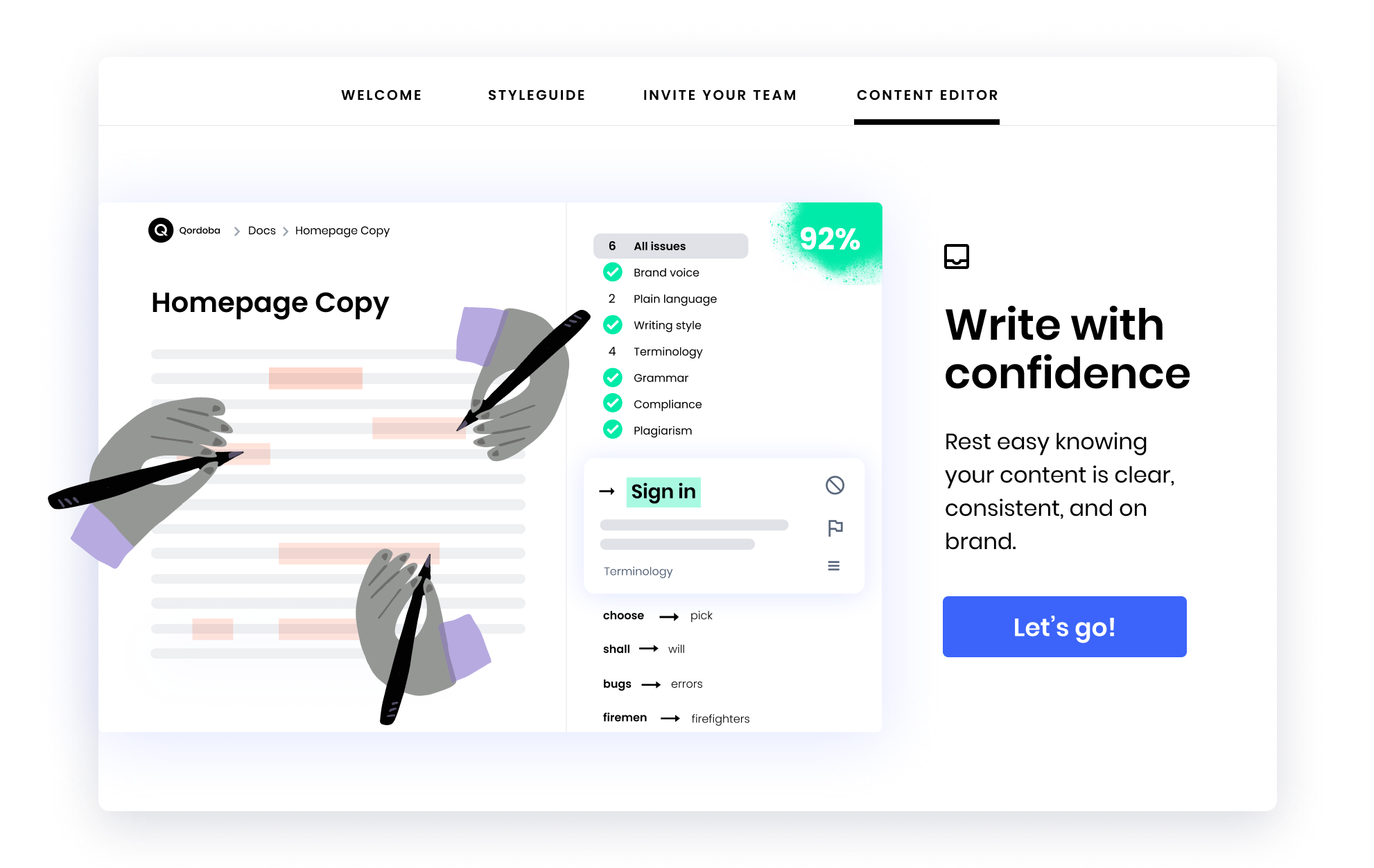7 clever ways to celebrate your users and improve long-term retention

.png)

.png)
When PMs think about user retention, they often think about the first few days or weeks after signup. Many user retention strategies focus on pointing users to value while their interest is still high. In our humble opinion, there’s just not enough focus on what happens after.
SaaS companies are under constant pressure to prove their value to users again and again. Every unengaged customer, regardless of how long they’ve been using your app, is in danger of churning. That’s why paying attention to late-stage retention is paramount. When the excitement of the new app has worn off, you have to concentrate on 3 things:
All 3 of these can be accomplished by celebrating a user’s progress, effectively reminding them about the long-term value they have achieved and stand to achieve using your product.
To give you a better sense of how to achieve those objectives and incentivize folks to stick around, let’s take a closer look at 7 ways to celebrate your users’ success throughout their journey.
After customers get used to using your product, it’s easy for them to fall into a rhythm of complacency and stop thinking about the value your app adds to their daily life. Use milestones as a way to bring the success and usefulness of your app to the forefront.
You can set any kind of milestone, whether it's using a feature for the first time, an annual anniversary, or a 500th login. YouTube, for example, congratulates users when they pass 100 subscribers:

Regardless of the occasion, milestones create an opportunity to offer users something special in recognition of their continued engagement.
Spotfiy’s annual Wrapped campaign is a particularly sophisticated and delightful example:

Milestones serve as reminders to the customer that you’re thinking about them and you care about their engagement, even months or years down the line.
It can be challenging to keep users motivated once the initial excitement of a new app has worn off. Celebrating progress is an effective way to improve user engagement during both onboarding and regular product usage.
That progress doesn’t need to be monumental. Recognizing small wins doesn’t just make users feel good about themselves—it makes them feel good about your app, too. And that translates to more frequent and engaged sessions.
Nike Run Club, for example, keeps users engaged by consistently celebrating small wins with messages that congratulate users on what they've accomplished so far and encourage them to keep going.

Many language learning apps use this tactic to keep users motivated through lessons. Duolingo is a frequently cited example of an app that uses immediate feedback and milestones (among other things) to encourage progress. Hello Chinese, an app for beginner Mandarin learners, takes a similar approach:

It’s important for subscription-based products and services to consistently demonstrate value. Once users have adopted your product and fully integrated it into their workflows, they can start to take it for granted.
Regular progress reports not only reinforce the value you provide, but also allows users to recognize their own growth—and the fact that your product plays an active role in their success.
Take a look at Grammarly’s weekly writing updates, for example:

These personalized re-engagement emails don’t just add another touchpoint—they add value to the user experience and help people visualize how their productivity, accuracy, and vocabulary has improved by using the product.
Look at how customers are using your product and send them helpful tips about how to use it even more effectively.
That means analyzing your customers' behavior and offering relevant suggestions—it does not mean cluttering users’ inboxes with irrelevant emails or recommending features that users are already well-versed in.
Make sure your tips and feature nudges are:
Take a look at how Github offers a concrete suggestion, based on an action performed by the user:

Create a VIP program for your best customers. This might mean special privileges, quicker support, or better deals. Show that their loyalty to you is something that isn’t taken lightly.
According to a study conducted by Stanford and Harvard researchers, people react positively when they are given a label that signifies importance. The study took 2 groups of people—one that they labeled “politically active” and one that didn’t receive a title at all. Those with the label were 15% more likely to vote.
Uber taps into this bias with their Uber Rewards program, which is a spin on traditional frequent flier programs. Users who have taken a certain number of trips, or ordered a certain amount from Uber Eats, get VIP benefits like flexible cancellations, complimentary upgrades, and free deliveries.

Don’t take your loyal customers for granted. Instead, reward them by letting them be the first to test new features. Not only do beta tests let you identify friction and gauge how popular your new feature will be, but they also open up another channel of communication with your customers. These customers will feel like they have a voice and that their opinion really matters.
Here are all the necessary components of the invitation:
GoToWebinar used Appcues to invite existing customers to beta test a new feature.

The result? On the very first day of the in-app campaign, dozens of users signed up, with an overall 5% conversion rate—a 10x increase in conversion compared to email campaigns.
Giving loyal customers exclusive privileges to have an impact on your app will increase emotional investment in your product. Maximize your beta outreach by combining an email invitation with targeted in-app messaging.
According to a study in the Journal of Personality and Social Psychology, gratitude is a huge driver of action. In the experiment, researchers tested the willingness of participants to help a student in his job search. A simple thank you increased the number of people willing to engage with the student by 34%.
So say thank you to your customers. But get creative—a generic thank you email might earn you a few brownie points in the moment, but will be quickly forgotten. Instead, keep an ear to the ground for news about your customers. When something exciting happens—they release a new product, secure a Series B, move to a new office, whatever—celebrate with them! This celebration could be custom swag, a congratulatory phone call, or a shoutout on social.
At Appcues, we regularly celebrate our customers’s creativity by featuring customer content on ReallyGoodUX. Is it good for us to showcase content made with Appcues? Of course. But it’s also great for our customers to see their work appreciated in a public forum. It’s a win-win.

After you’ve done so much heavy lifting to acquire your customers and get them engaged, you don’t want to throw all that away by assuming they're a sure thing after just a few weeks.
It's essential to develop a late-stage retention strategy to keep customers excited and interested in your product. By celebrating your customers' achievements with your product, you can create an association between their success with your own.
The more your users come to see your product as an ingredient in their own success, the more traction you’ll have in the long term.